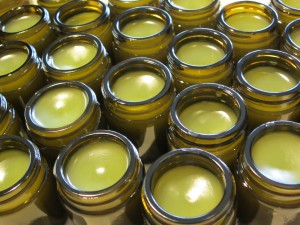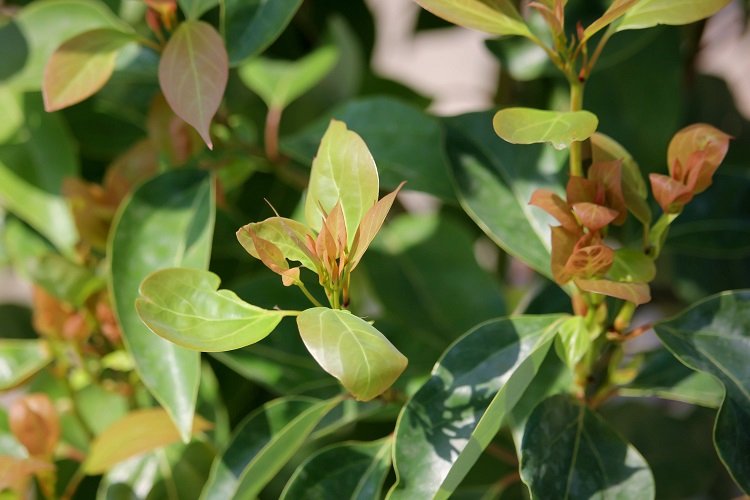I'm interested in experimenting / making some wild medicinal salves or herbal medications
My question is - from history ( as we have so many erudite people present ) what records exist of what salves were made and used in ancient times? and to these concoctions does the modern day science back it up?
Which plants / ointments / salves would be worth making up ( from a modern science aspect ) and would it keep its efficacy and potency after its been made? would it remain actually useful or just herbal larping and hedge-witchery??
My question is - from history ( as we have so many erudite people present ) what records exist of what salves were made and used in ancient times? and to these concoctions does the modern day science back it up?
Which plants / ointments / salves would be worth making up ( from a modern science aspect ) and would it keep its efficacy and potency after its been made? would it remain actually useful or just herbal larping and hedge-witchery??



